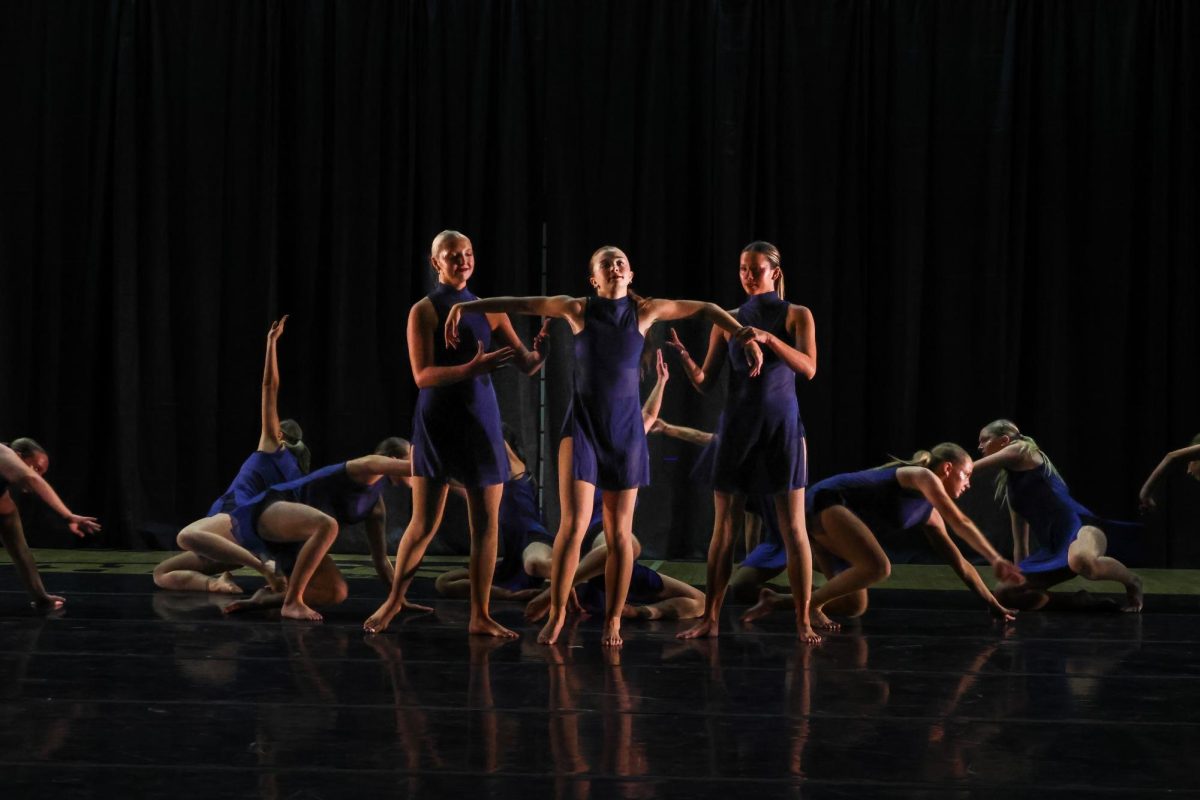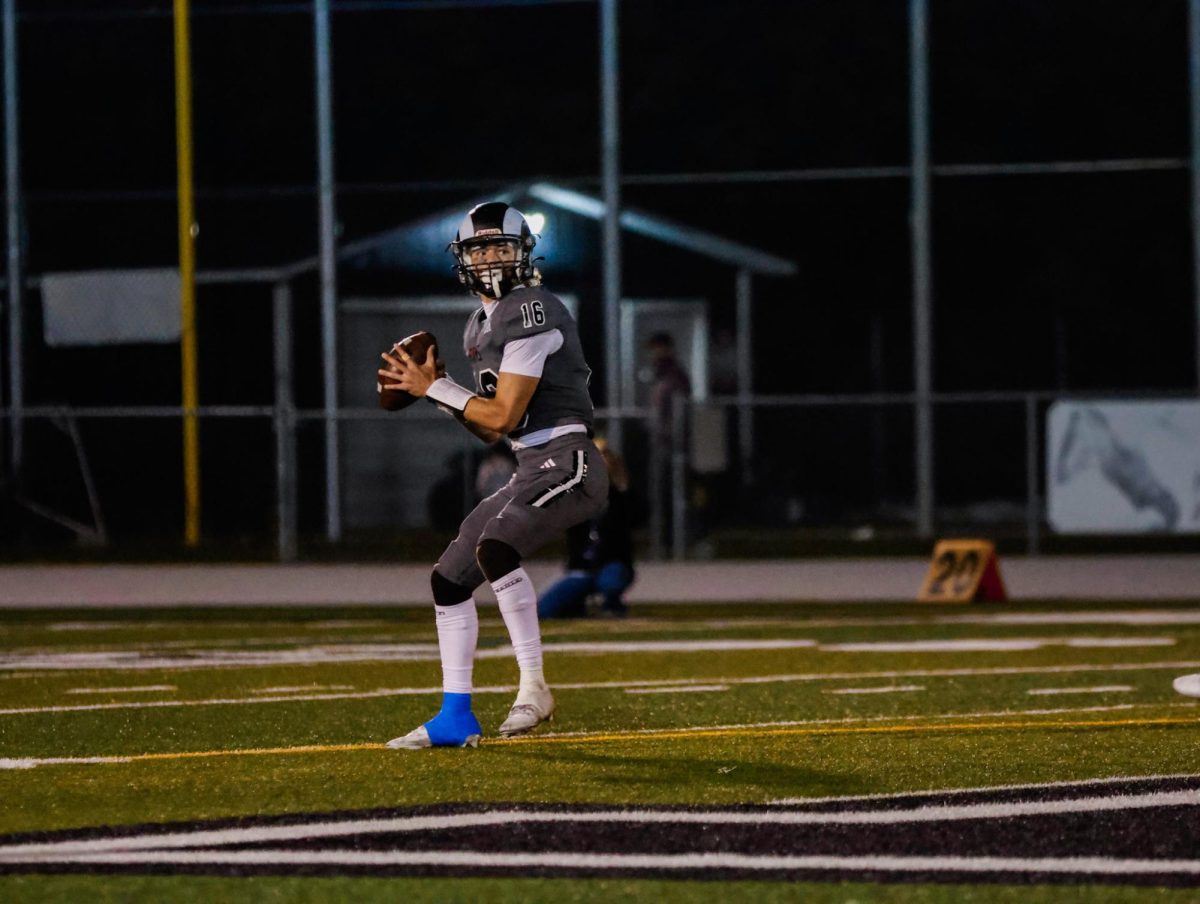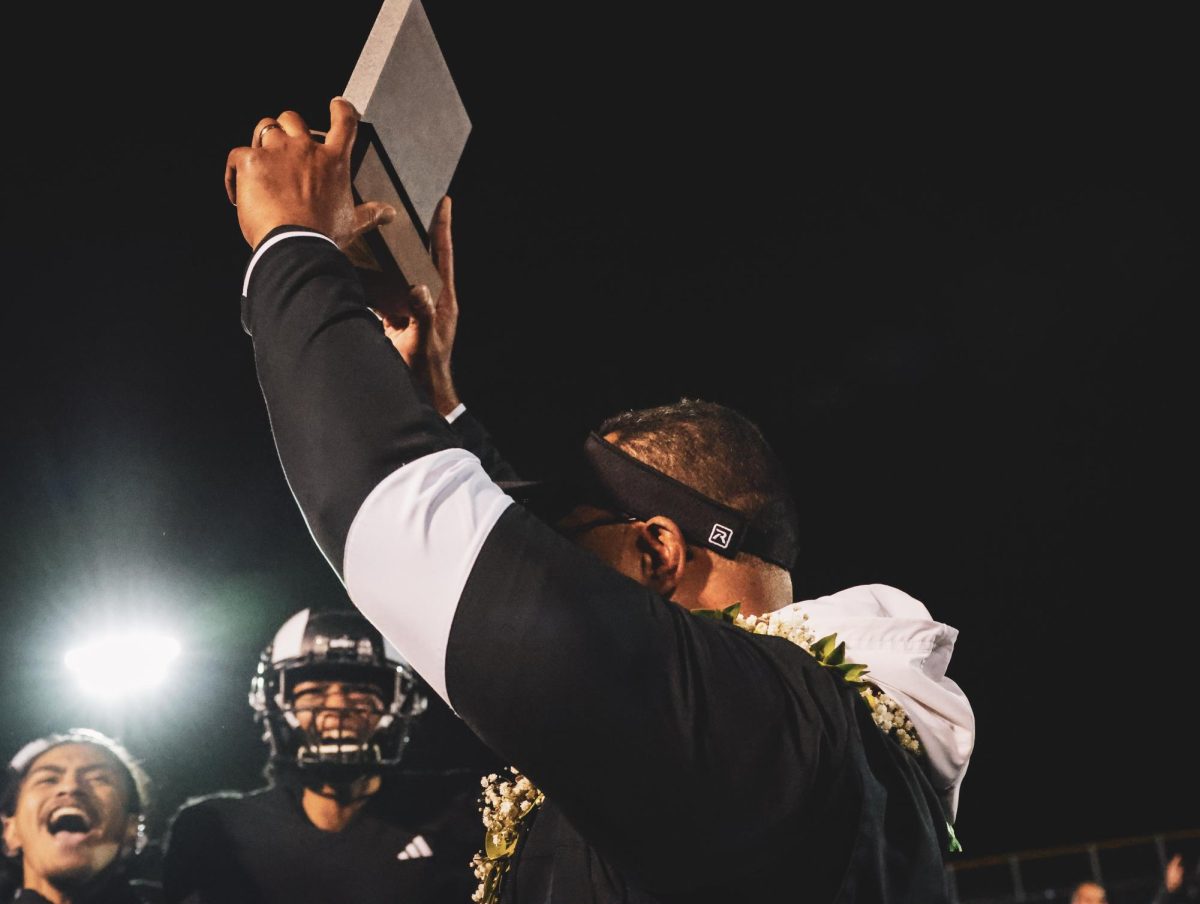Inclusion Begins With Appreciation
June 2, 2016
Highland junior Domenica Maestrez recently moved to Salt Lake from Guayaquil, Ecuador. Out of all the differences there were between Guayaquil and her new school, she claims one of the things that stands out to her the most is that most groups of friends tend to stay inside their own small cliques, very unlike the school she attended in Ecuador.
Highland is one of the most diverse high schools in the state of Utah. Minority enrollment is 40 percent of the student body, whereas the state average is 24 percent.
There is a huge variety of cultures represented through the school, but how much do we actually know about these cultures? There is absolutely no reason why we should not be learning about these cultures within our school. If the diversity gap between students is not bridged, it’s only going to get bigger.
Teachers are constantly trying to find ways to help and improve the academic achievement gap between white and students of other socioeconomic status, but just throwing a bunch of classes and tutors at them isn’t going to accomplish this. They aren’t going to have the desire to improve things until they feel that they belong and are a respected part of the school community.
It is already unfortunate that we don’t recognize the abundance of cultures surrounding us within our school, but another issue has also risen from this—groups within the school tend to be segregated and extremely exclusive.
“At my old school everyone was friends with everyone,” Maestrez said. “Here it’s weird to talk to strangers because you don’t know if it will bother them. People don’t like to leave their comfort zone.”
While the student body of Highland may be diverse, the groups within it are not.
One way Highland does acknowledge and celebrate the culture within the school is the yearly talents and traditions assembly. This assembly is a great way for people to express themselves and the background they come from. However, this seems to be the only time we get to see a small piece of the backgrounds and cultures that our fellow students come from, and even then, it is a small portion of kids who choose to perform and share their traditions.
“The traditions assembly was the only time I’ve ever really seen anyone show their cultures and where they come from,” Maestrez said. “It was a cool way for people to get involved that normally wouldn’t.”
Aside from the talent show, how can we as a school reach out and do a better job at being culturally competent, and make different cultures more identifiable throughout the school? Why not take time each month throughout the year to celebrate and learn about a different culture? By providing ethnic music, visuals, food, activities, etc., the school can become more enlightened and involved with the variations of culture surrounding them. Principal Chris Jenson believes this would be an ideal concept for Highland to utilize.
“Why not make this a yearlong thing?” Jenson said. “Every month we would learn about something new and it would be a way to really unify the Highland family.”
This all begins with students standing up and being confident enough to take the lead to share their backgrounds. Different committees for different cultures would have to be assembled to create and organize activities that would get the school involved.
To develop this idea for the future there would need to be a specific leader to take charge. Why not promote this for a new career position? That way they can be in charge of finding students to put on the committee, organize events and keep everything up and running. Without a specific person in charge everything could get complicated, inconsistent and possibly fall apart.
Schools should strive to create an environment where everyone feels valued. Students of different backgrounds have no way of truly sharing their cultures with the school except for the talents and traditions assembly. If we as a school work to put these ideas into action and become more culturally competent it will give only positive results. It will get more students involved, minimize the achievement gap that tends to hang between different groups of students, help students feel more comfortable with putting themselves out there and it will help expand everyone’s groups of friends. Principal Jenson’s saying “Ram Fam” will be put into effect, and the school can start to feel more like a family.





























